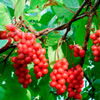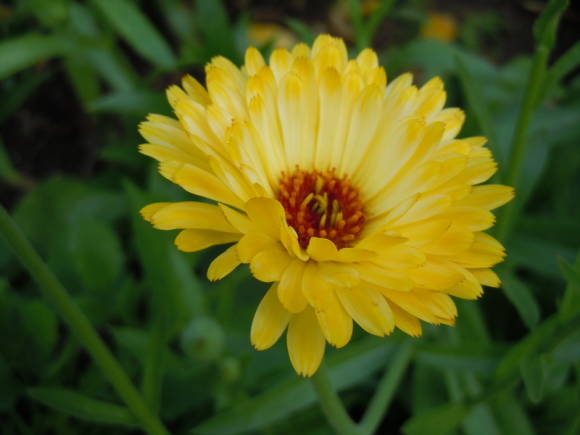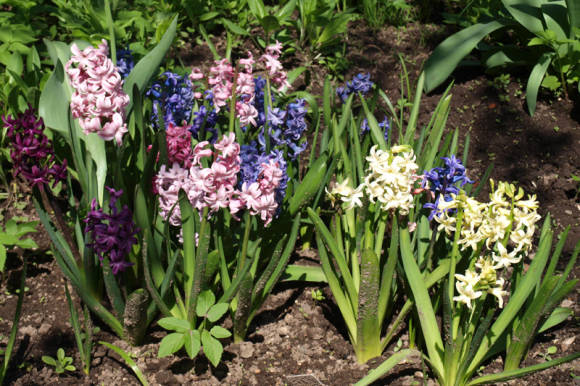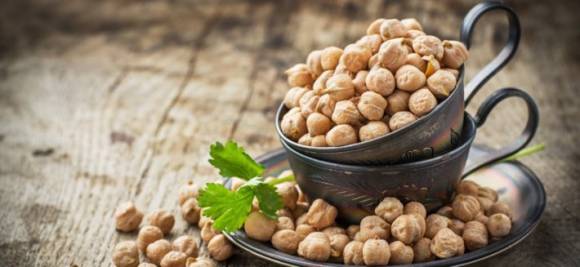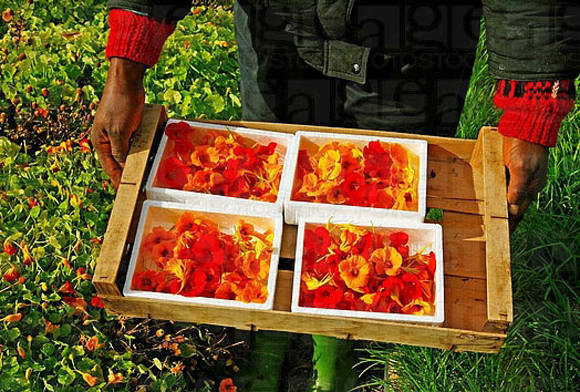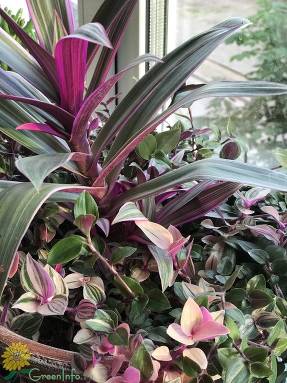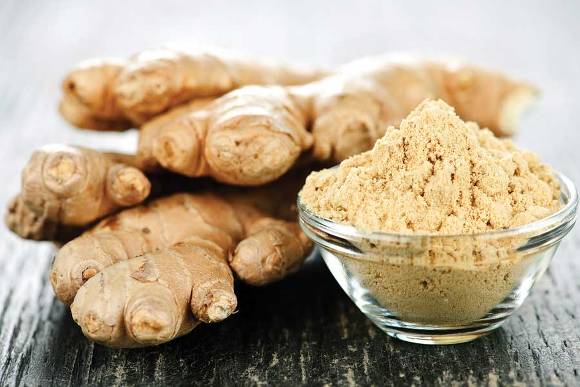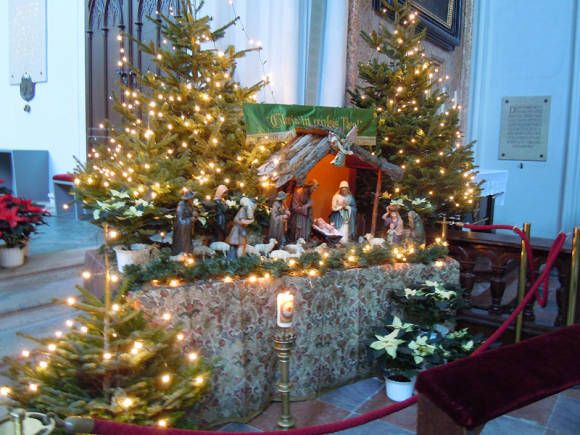
Dusheney Indian (Duсhesnea indica) belongs to those rare representatives of the kingdom of Flora, which can feel great in far from the most favorable places for plants - in the shade, and even on poor soils. Ducheney not only feels great there, but also retains its decorative effect from spring to the very frost.
As soon as the spring sun melts the snow covers, and now the green "strawberry" leaves of the duchenei are in a hurry to please us with the news of the approaching heat. Outwardly, duchenee is very similar to strawberries, which is not surprising, since these plants belong to the same family, Pink. The most noticeable difference to the layman between these two distant relatives is that the dusheney berries look up, and do not face the ground, as in cultivated edible relatives.
Ducheney is a wonderful perennial ground cover plant that can grow in shade and partial shade, on any soils, even on the poorest sandy ones. On highly fertile soils, it has many beautiful leaves and shoots, but very few flowers. It does not differ in growth, an adult bush grows no more than 10 cm in height. Rosettes of this plant develop on knotty creeping stems - whiskers. The leaves are trifoliate, like those of strawberries. Dusheney grows very quickly, rooting its rosettes boldly mastering new territories, covering the soil with a carpet of dark green pubescent leaves. If left unchecked, it can take over the area pretty quickly.

Dushenei flowers are single, on long peduncles, also resemble strawberry ones in appearance, but differ in color - they are golden yellow. Flowering continues from mid-spring to winter. Although each flower does not live long - only two days, in its place, after a short time, a bright scarlet berry up to 1.5 cm in diameter will appear. The berries are edible, but they have practically no taste and aroma, moreover, they have a huge number of seeds. Due to the remontability, buds, flowers and fruits on this plant appear constantly and they can be seen at the same time, which gives a special attractiveness to the duchenei.
In the second or third year, it is advisable to thin out the duchenei, since, growing strongly, it will begin to oppress itself. In addition, adult plants quickly lose their decorative effect and need annual spring renewal. Moreover, the ducheneu should not be transplanted, but renewed in the same place.
Ducheney is very cheerful. With a protracted spring, the plant sometimes blows out under the melted snow, but is able to quickly recover if at least 2-3 buds are alive, even on the weakest and thinnest tendril.
Propagated by dusheney by dividing the bush, by pieces of a rooted stem or by seeds. The most convenient way of reproduction is to separate the root shoots from the mother plant.
Ducheney is able to withstand drought. Well-rooted plants can do without watering and feeding for a long time.
Ducheney is resistant to cold weather, leaves under the snow with green leaves and winters well without shelter.
Ducheney belongs to the type of plants that do not ask for much from their owner, but give him a lot themselves - it grows quickly, blooms violently, is decorative for a long time, displaces weeds, and even has medicinal properties. The leaves, flowers, and berries of dushenei are natural antipyretic and anti-inflammatory agents. Dried they are brewed and drunk like tea.
The decorative advantages of the duchenei are used in the design of rock gardens and slopes; it is simply irreplaceable where you need to quickly fill the space between trees and shrubs, including conifers. It is well suited for strengthening slopes, wall strips, it will be good both along the path and near the reservoir.
This very original plant is used to decorate balconies, loggias, terraces and winter gardens.
Duchene is also grown in an apartment as a houseplant. It is also suitable for growing in an ampelous version - in pots or hanging baskets. The dyusheney beauty, strewn with strawberries, looks like a kind of fashionista with scarlet beads hanging from a pot.
Dusheney was once a favorite of Russian landowners, being a habitual inhabitant of the gardens and parks of old Russian estates. Today the ducheneu is a curiosity, fortunately already returning to our sites.
